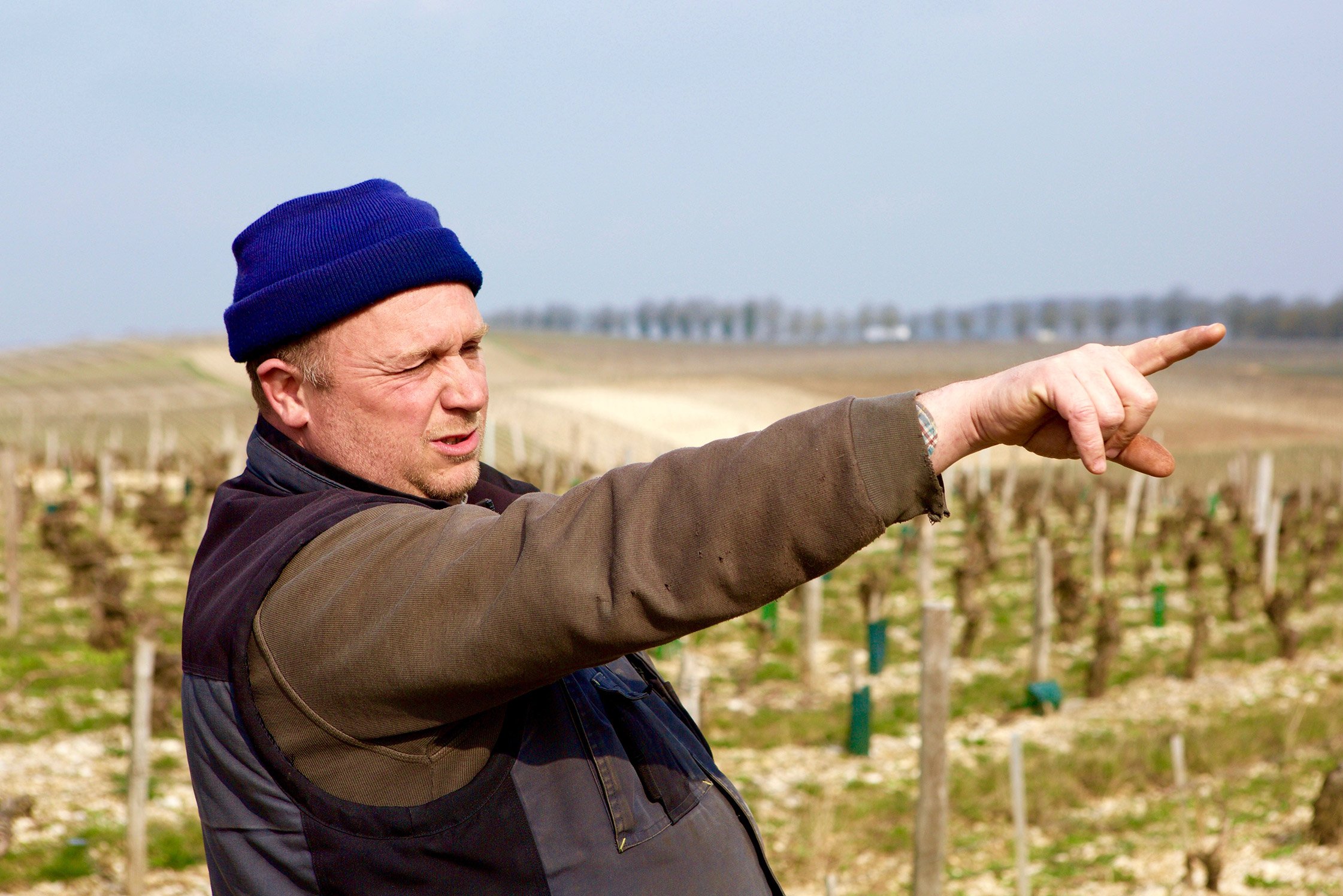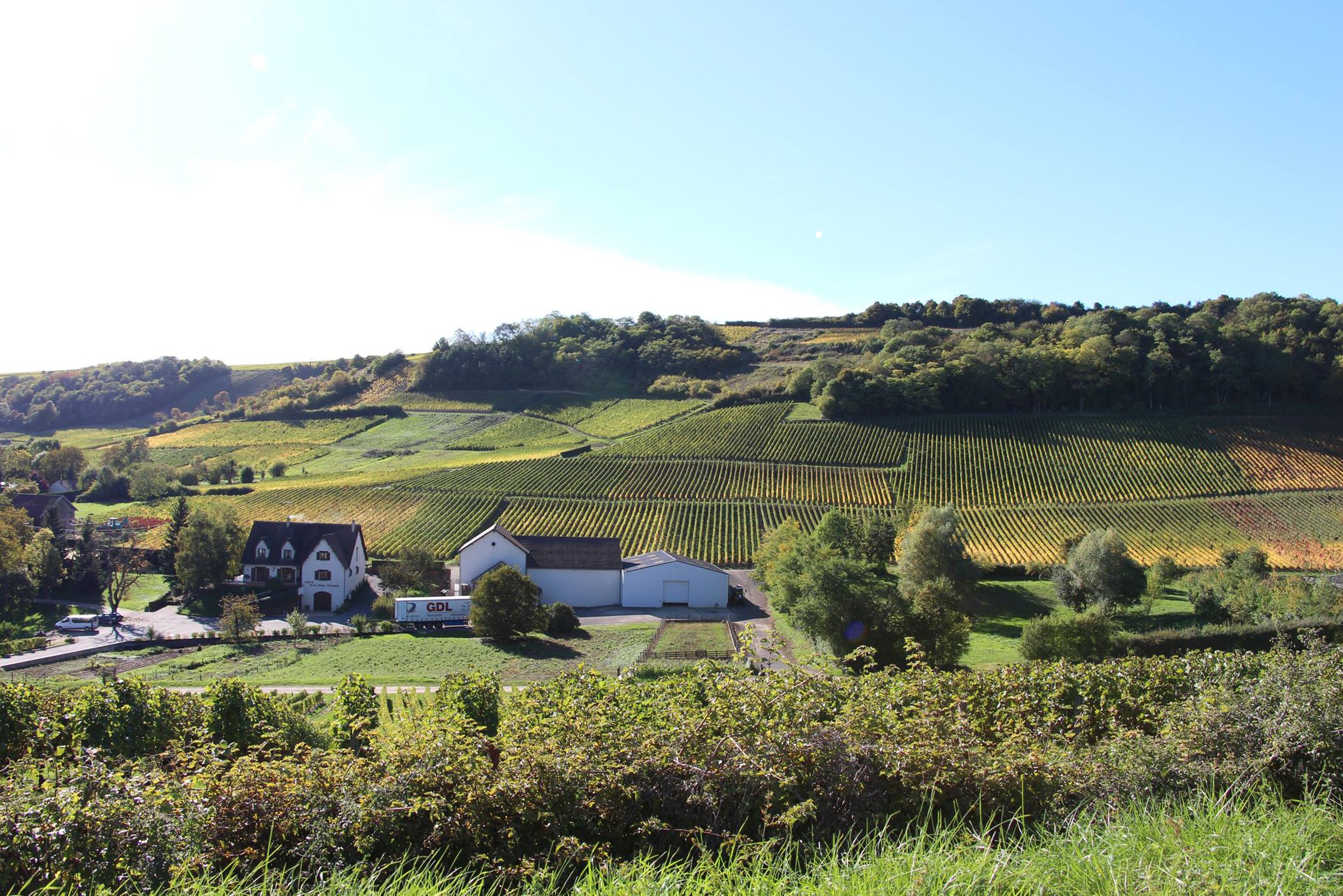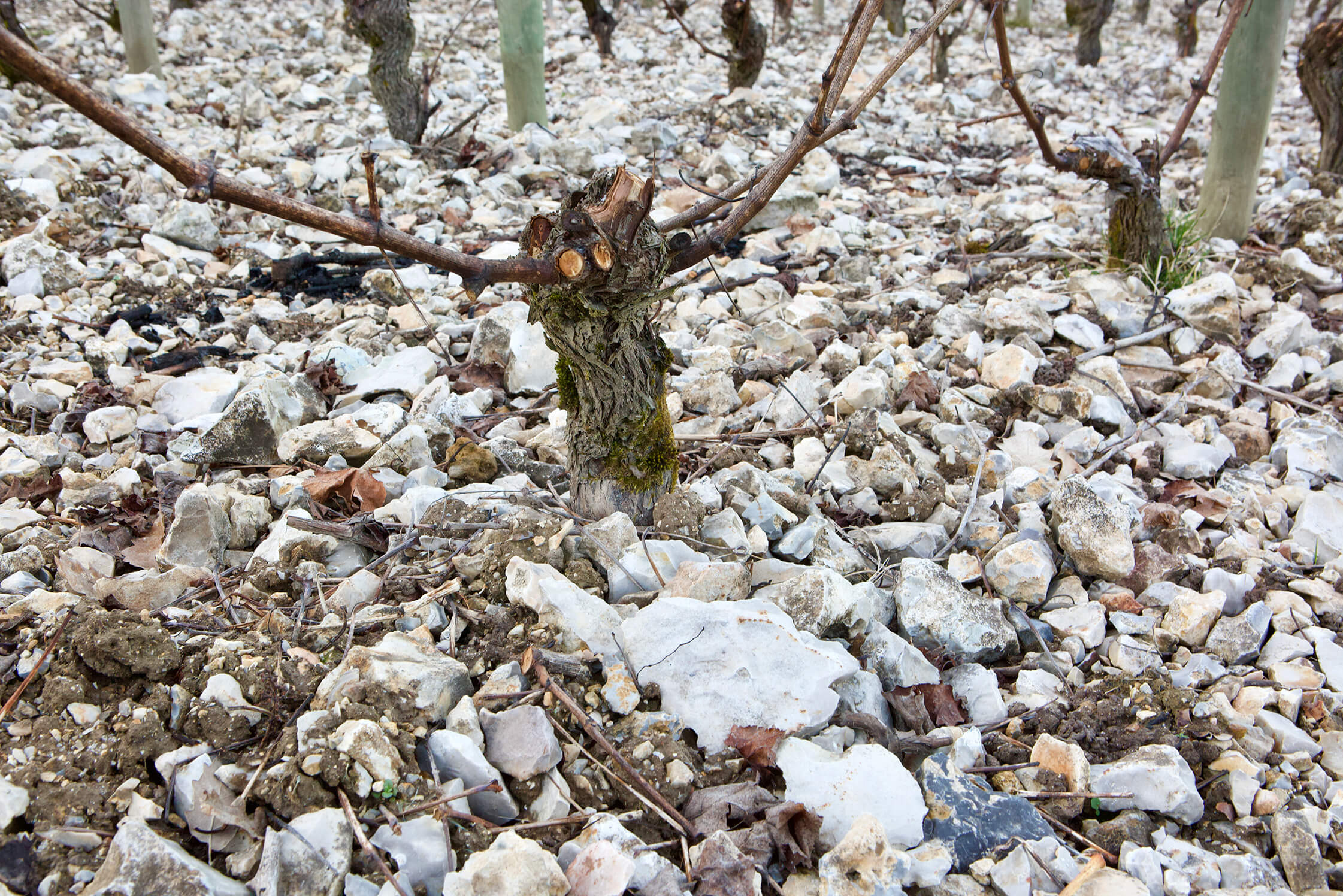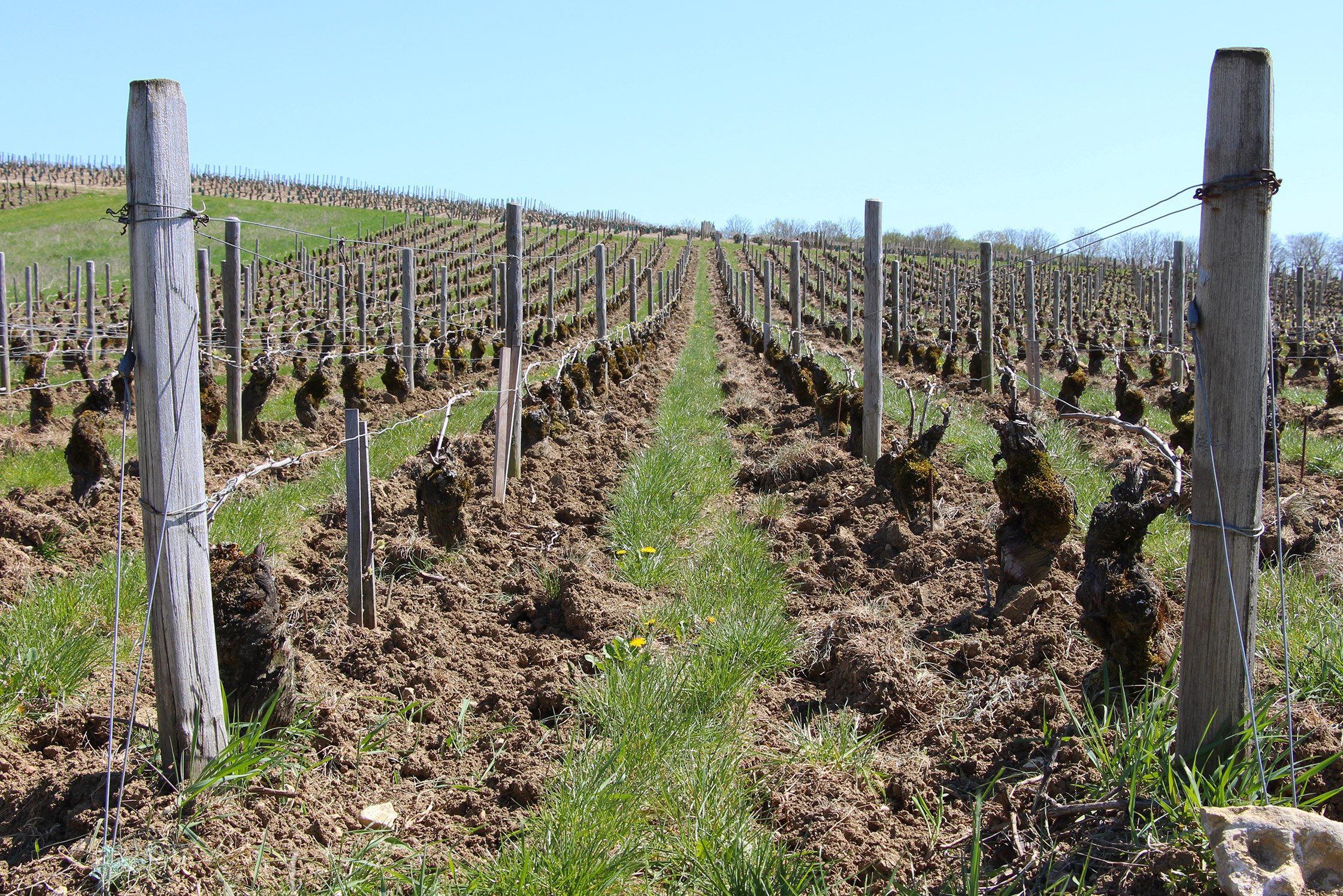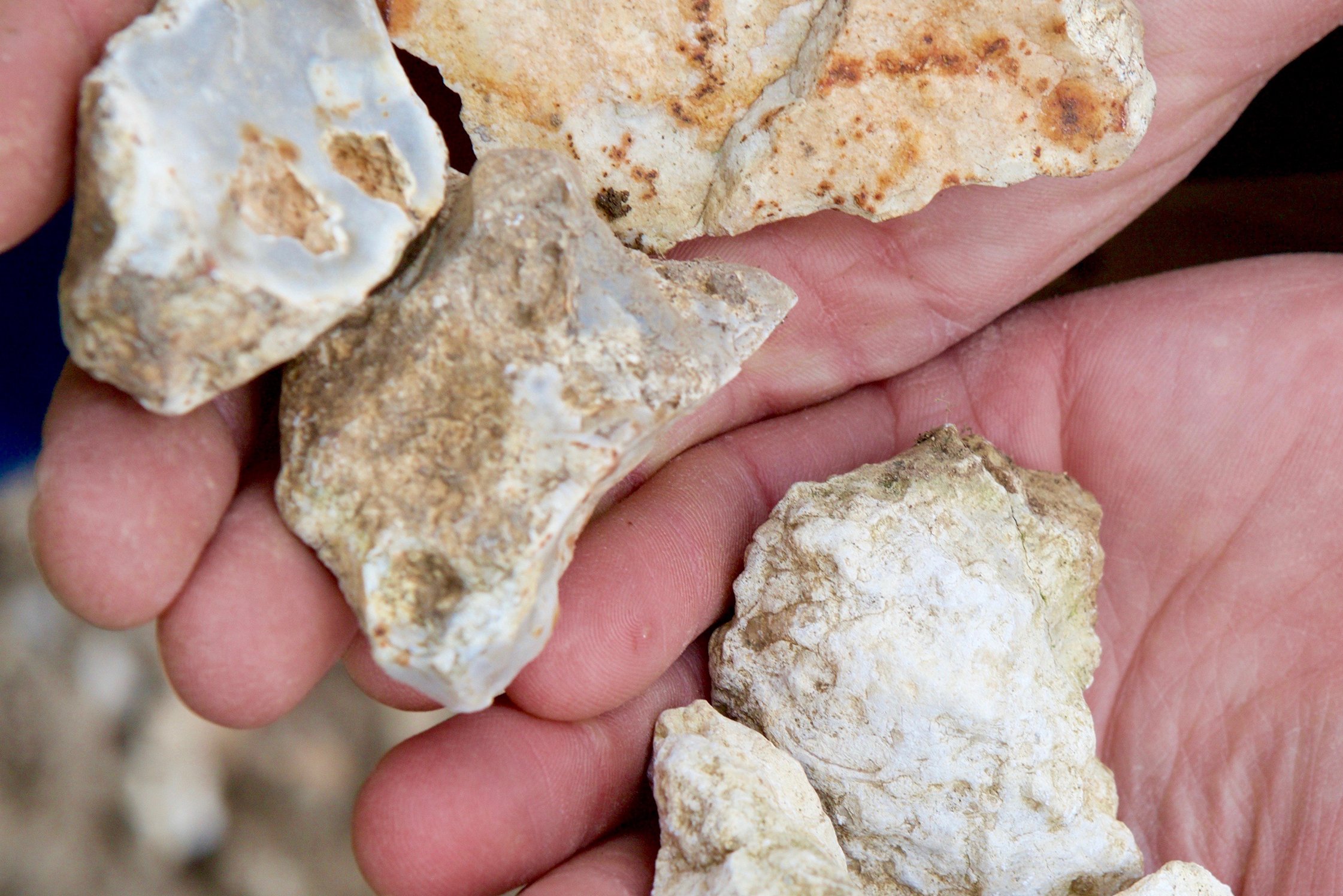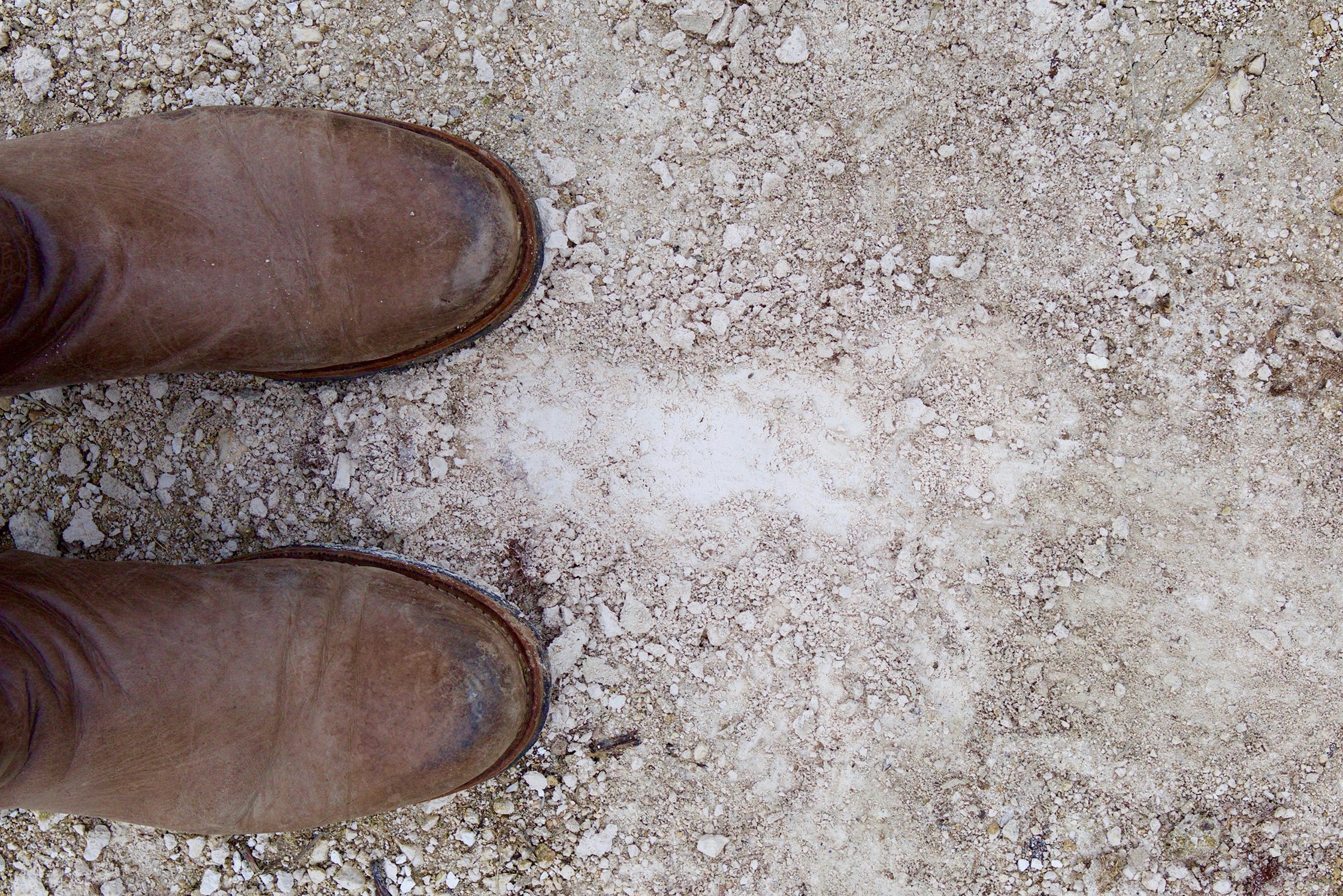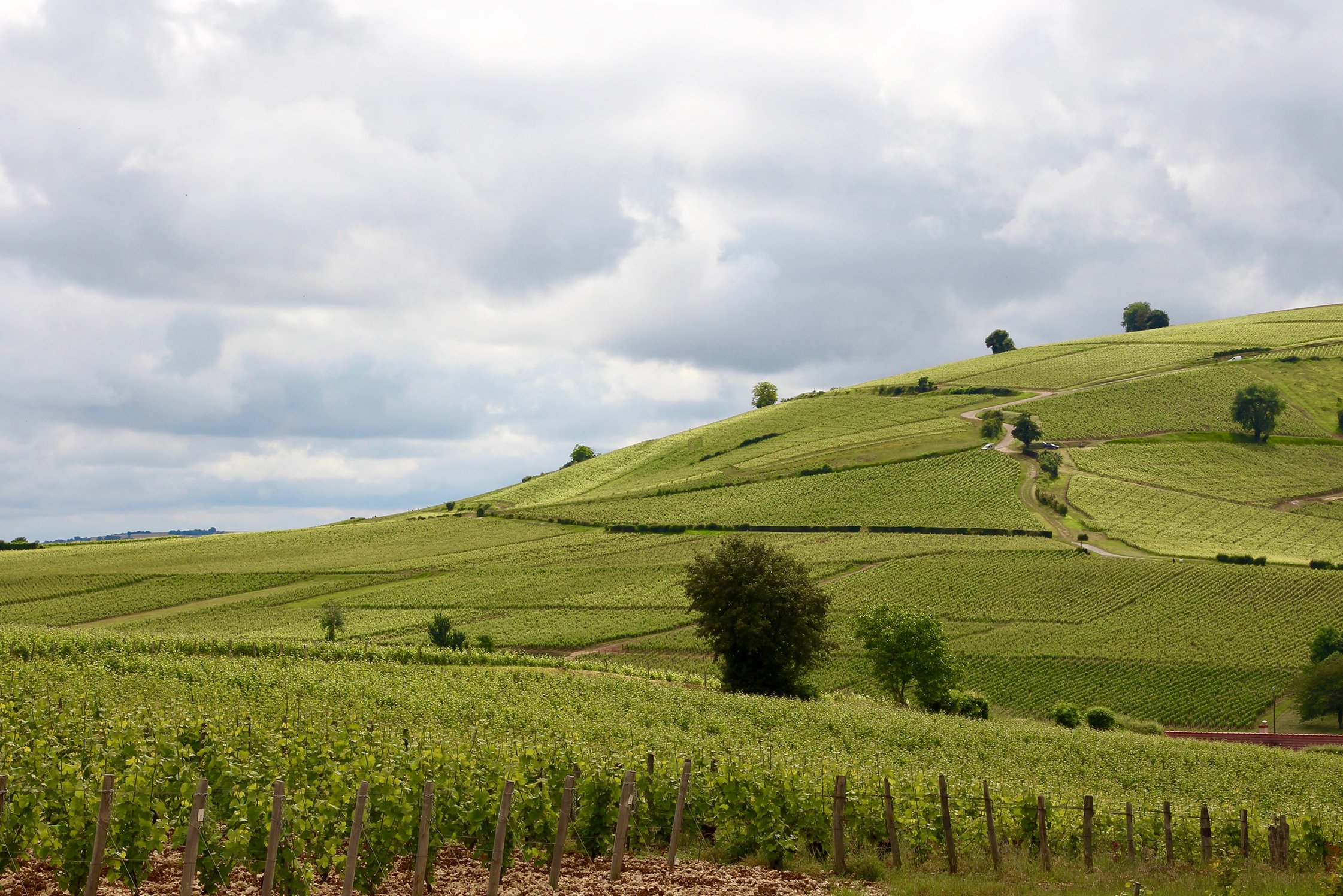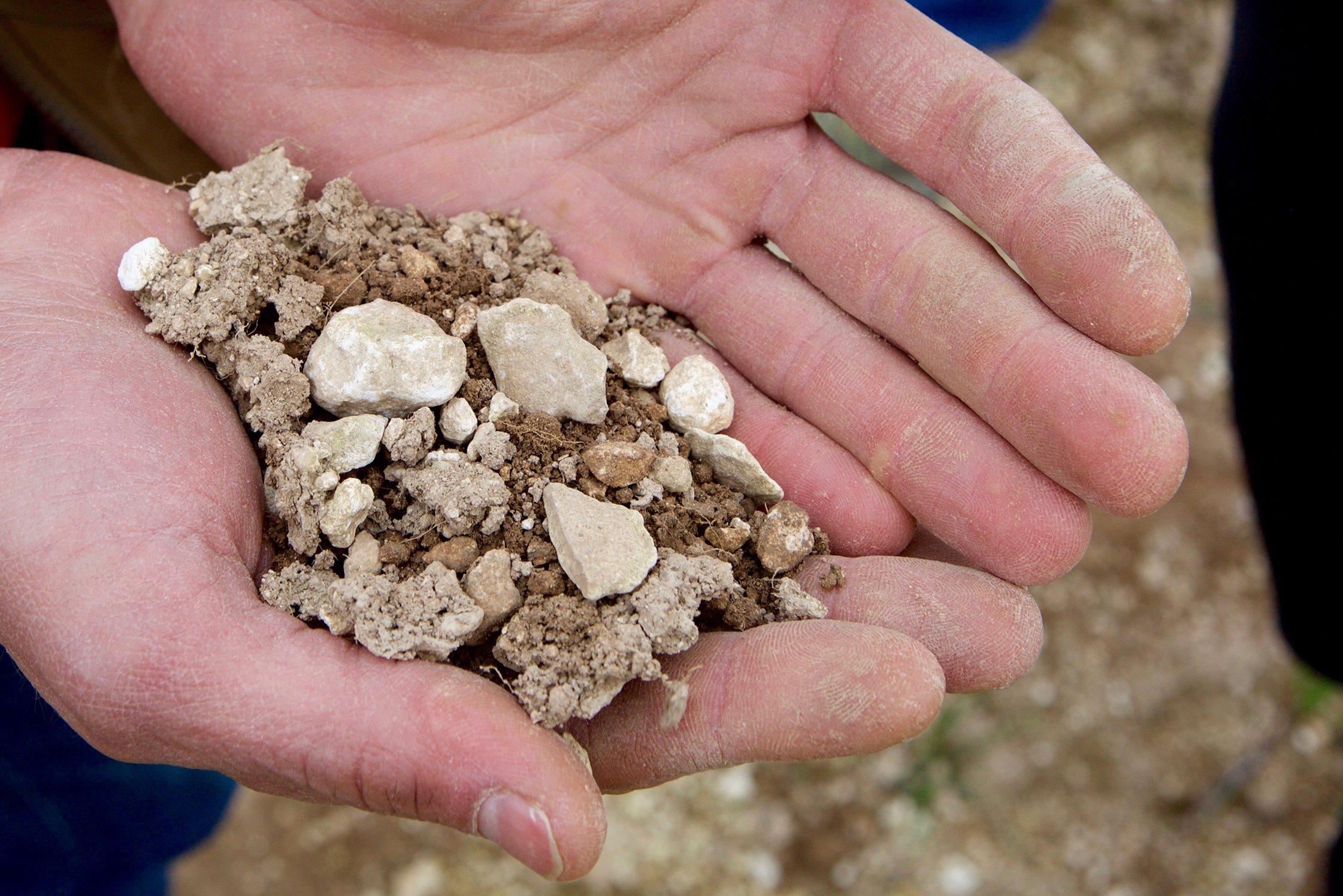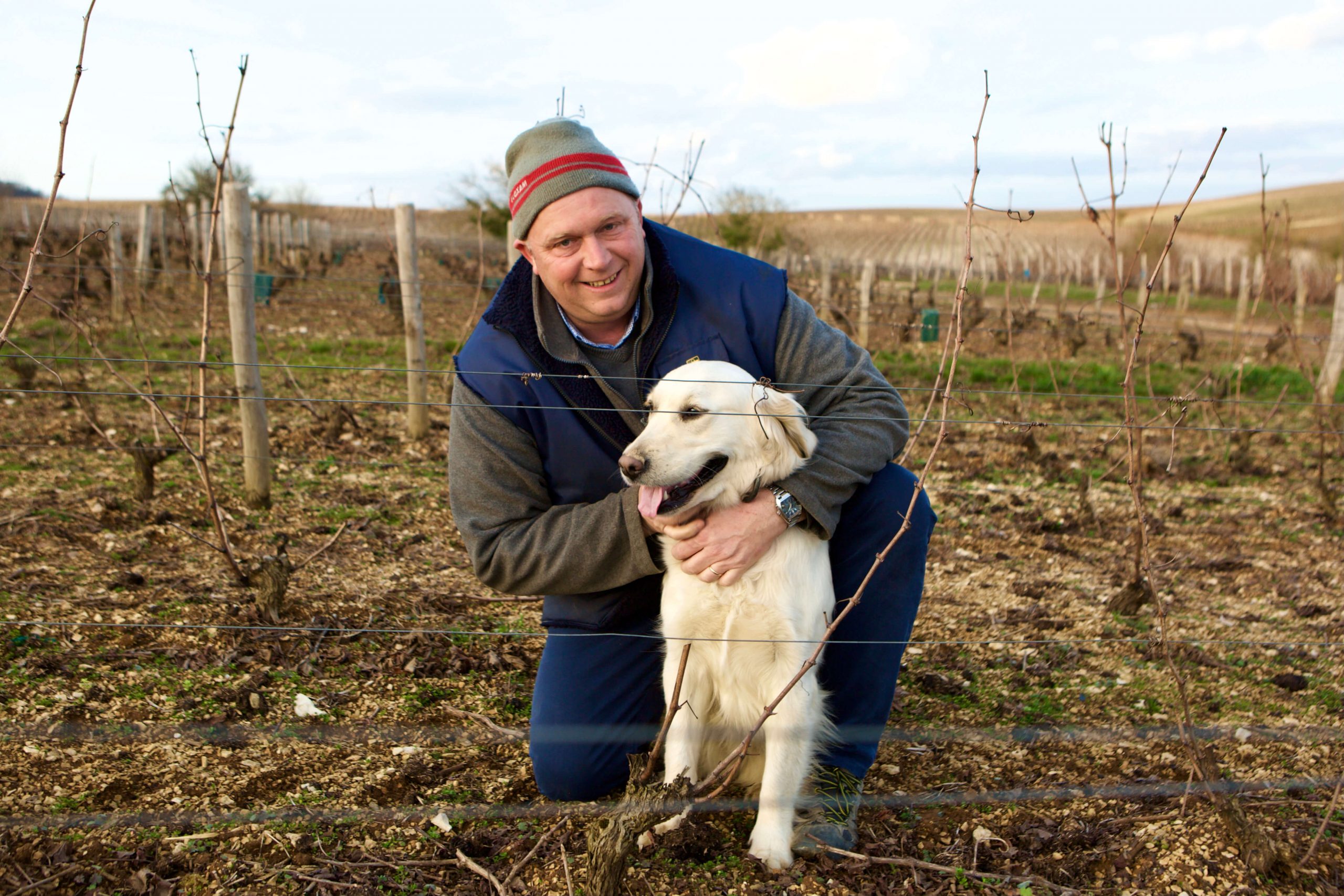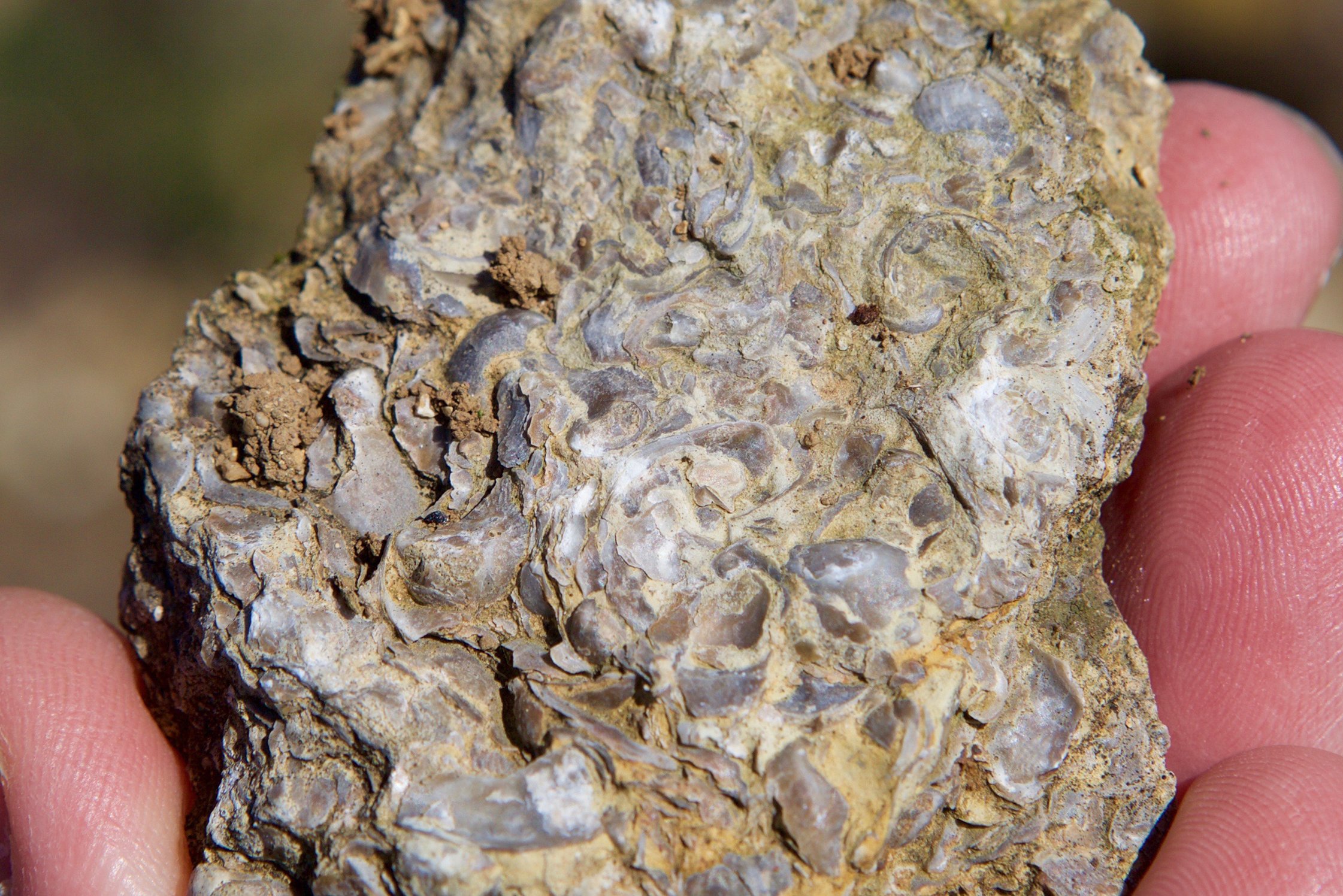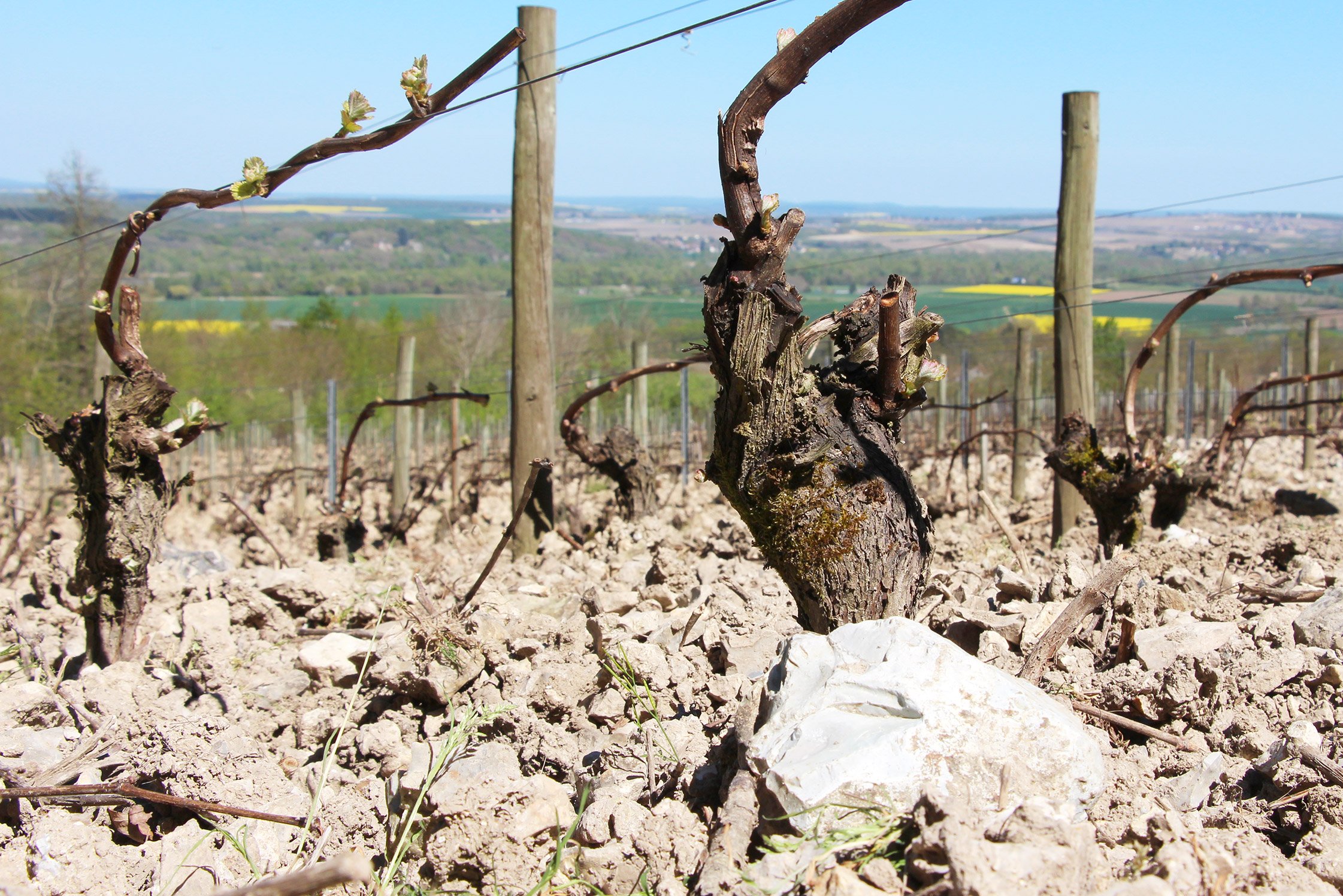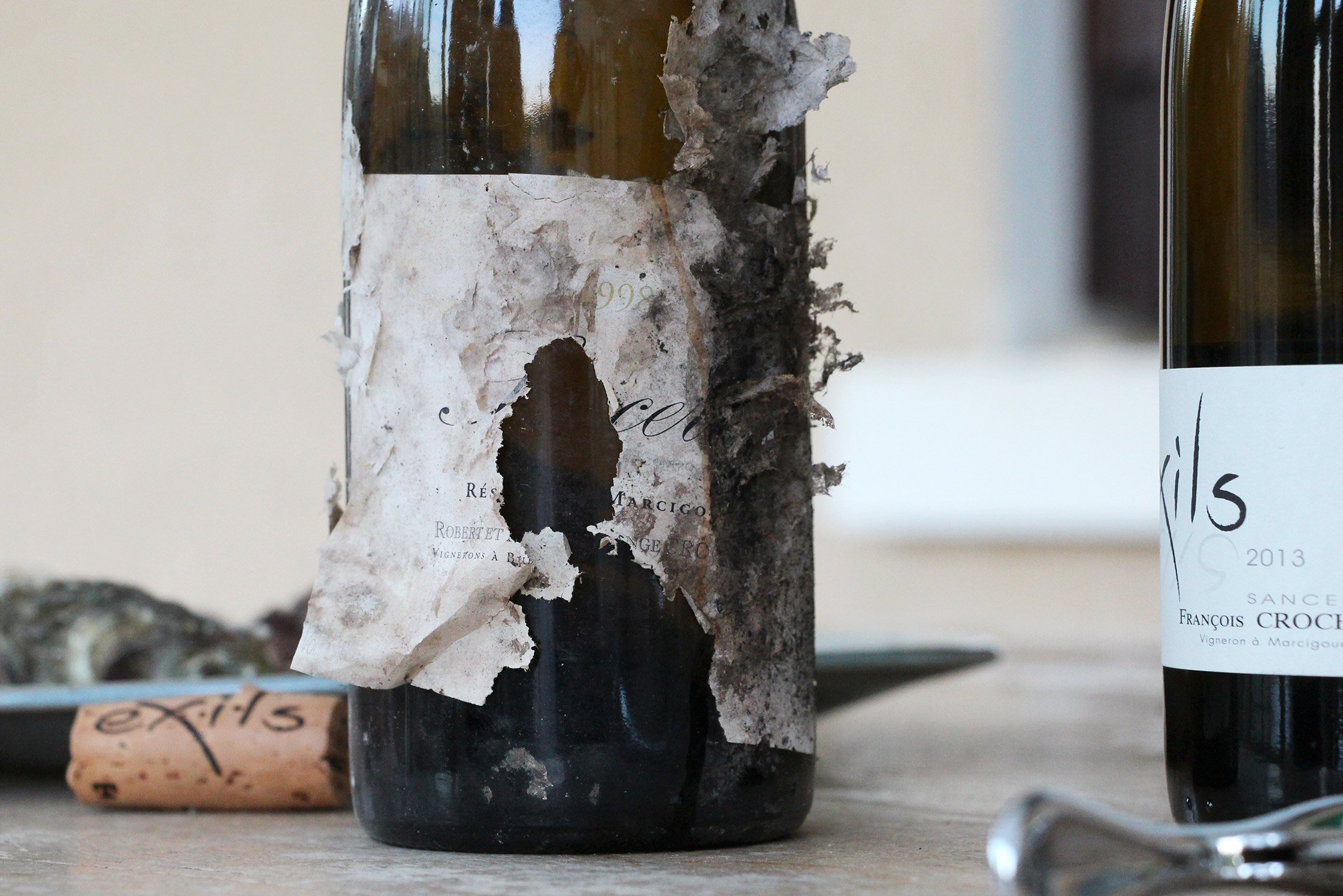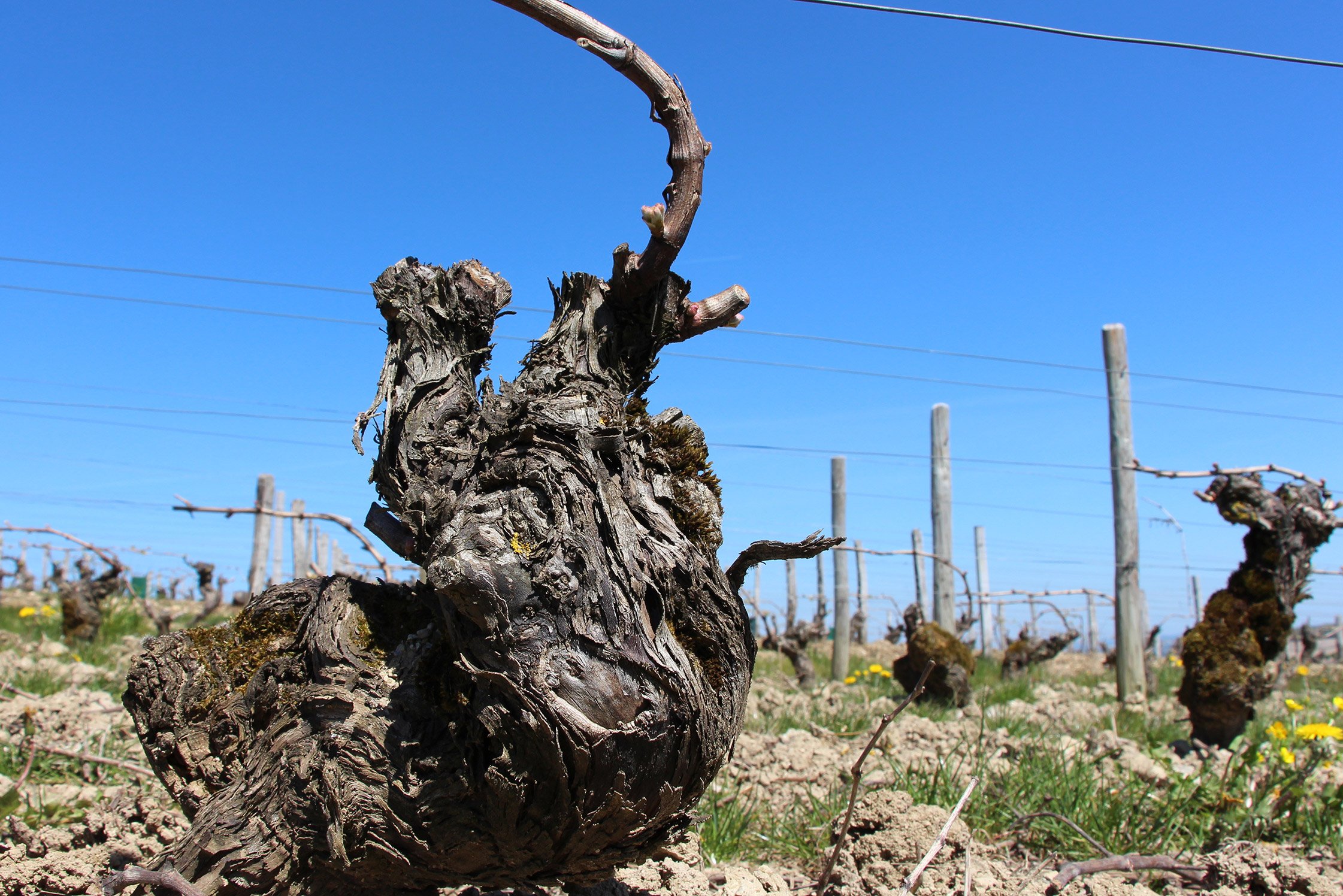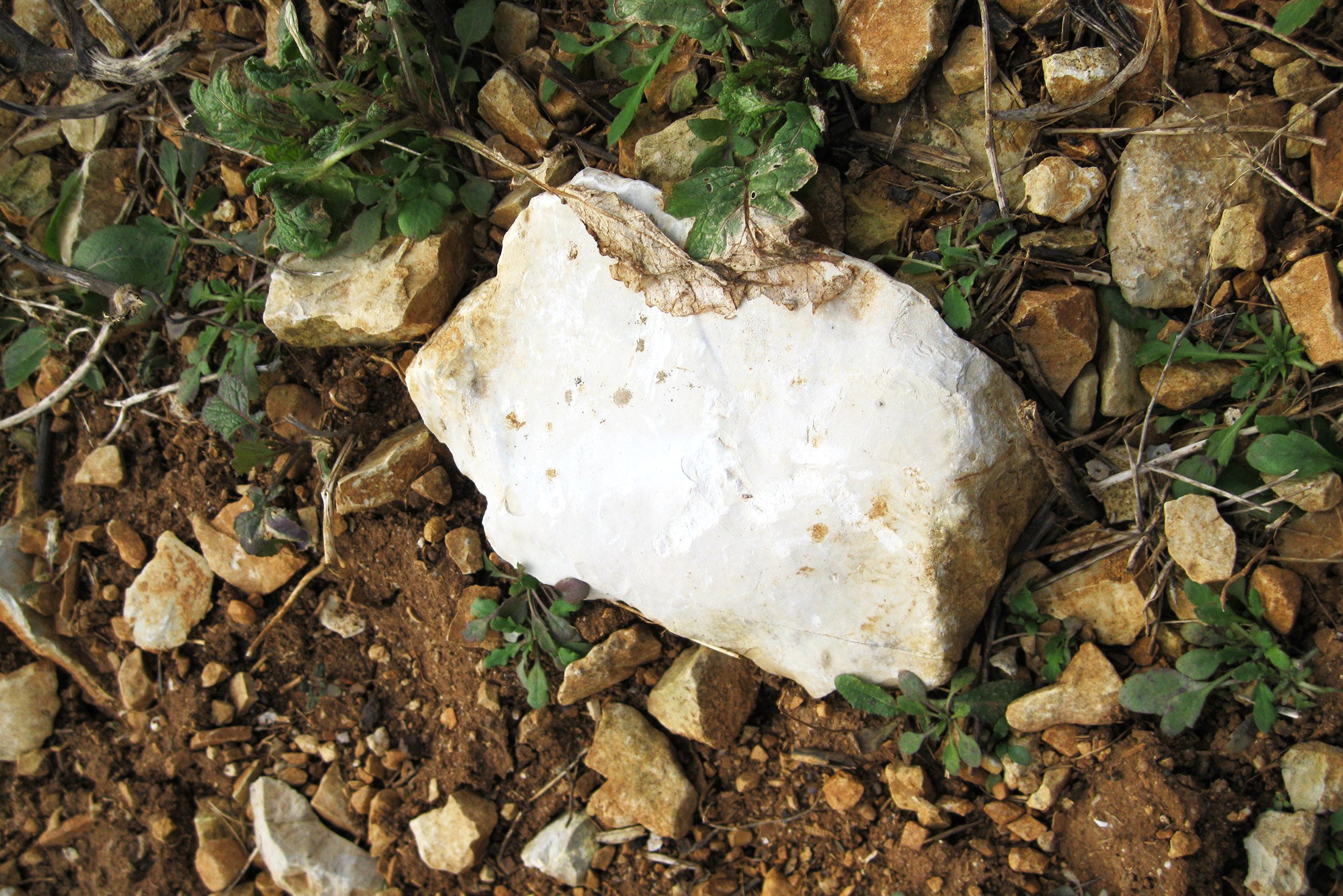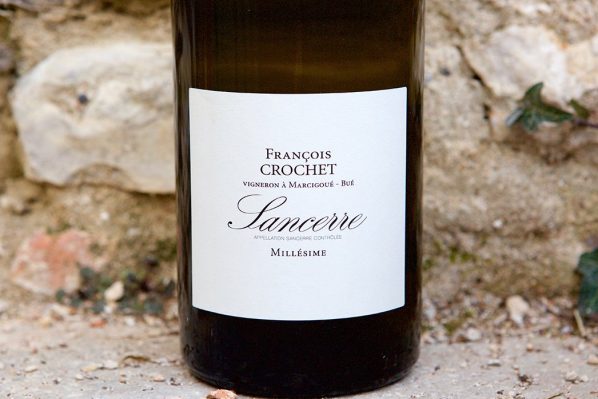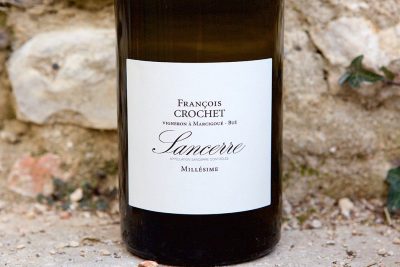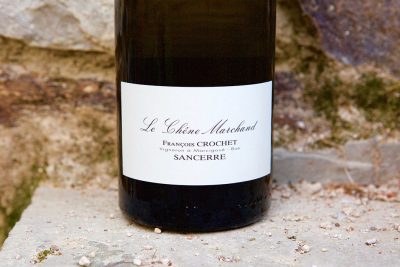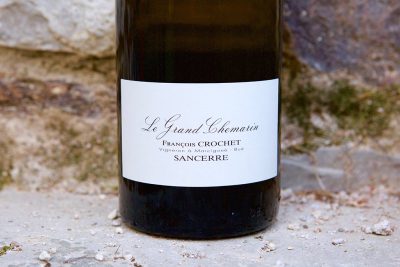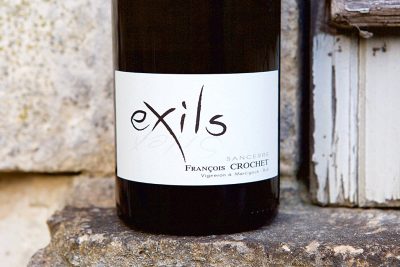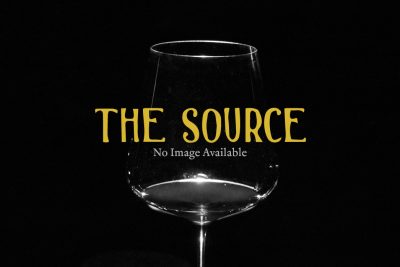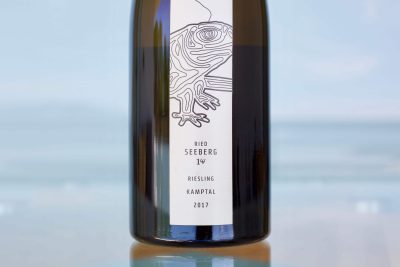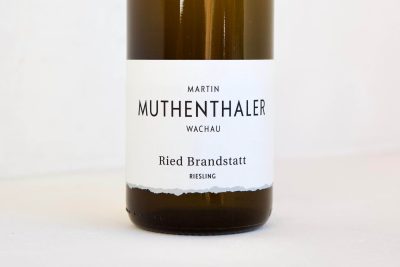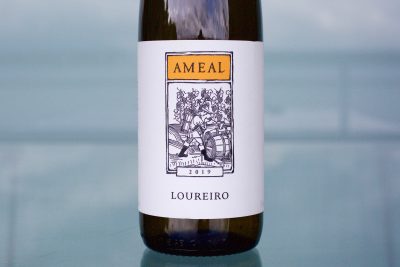About The Wine
Aside from the simplicity of working with only two grape varieties, Sauvignon Blanc and Pinot Noir, Sancerre is a tremendously diverse appellation from one commune to the next. The climate is more or less the same, but the great variations between the wines come from what one would expect regarding each parcel’s slope aspect and gradient, genetic material, geological setting, and ultimately what is done in the cellar. François Crochet’s range of wines deliver an enjoyable course in understanding how these changes can influence a wine under the same hand.
What is most interesting about Crochet’s entry-level Sancerre blanc is that it is an assemblage of dozens of small vineyards from every aspect (from north, south, east and west), steep to flat sites, numerous geological formations, including the hard, silica-based sedimentary rock (silex, or chert/flint stone), various limestone formations of soft, powdery chalk (referred to locally as grillot), medium-hard chalky limestone (caillottes), and other limestone marls; the only famous geological formation missing in his range is the kimmeridgian marl, a rock formation similar to what is found in Chablis, known in Sancerre as Terres Blanches. Aside from the mix of tiny parcels too small to have their own cuvée, the majority of the mix comes from each of the vineyards that are bottled as single site wines. Fermented and aged solely in stainless steel, Crochet crafts an energetic, mercurial style of Sancerre with fine lines and pointed complexities.


